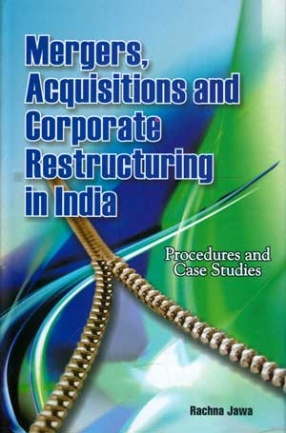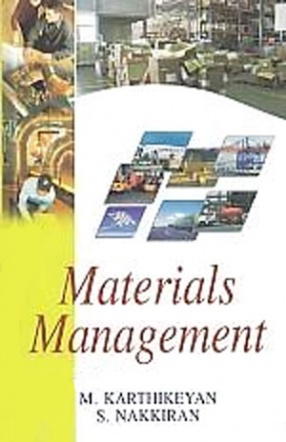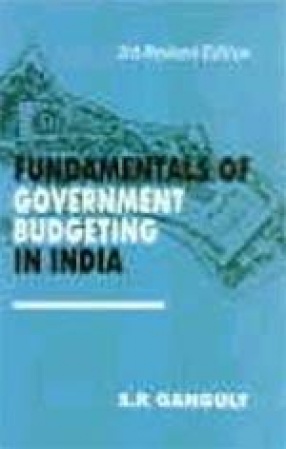Corporate sector in India undergoing structural changes as a result of liberalisation, privatization and openness policies of the Government since early 1990s. Competitive pressures are high not only due to deregulation but also due globalisation. Along with the rise in the number of Merger and Acquisition (M & A) deals, the amount involved in such deals has risen over time. There is also an increase in the number of open offers, albeit at a lower pace.
Crow-border mergers and acquisitions are becoming popular as transnational corporations take advantage of widespread liberalisation and deregulation in an effort to gain market shares, consolidate operations, improve efficiency and dilute the costs associated with investing in research and development and information technology.
In India, while the provisions of Companies Act, 1956, govern mergers and amalgamations of domestic companies, acquisition of companies comes under the provisions of Takeover Code of Securities and Exchange Board of India (SEBI). In the case of foreign companies, while share acquisitions/takeovers require the approval of Foreign Investment Promotion board (FIPB), mergers/amalgamations require the approval of both the FIPB and the Reserve Bank of India (RBI).
The present work deals with procedures and processes involved in financial restructuring of companies through mergers and acquisitions. More importantly, it contains 10 case studies of restructuring through mergers and acquisitions that have taken place in India during the last decade. The work, based on extensive statistical exercises, bring out the major issues that actually crop up in a restructuring exercise. The book, it is hoped, will enhance the understanding of the subject which has assumed added significance in the wake of liberalisation and openness wave sweeping across the world.





There are no reviews yet.